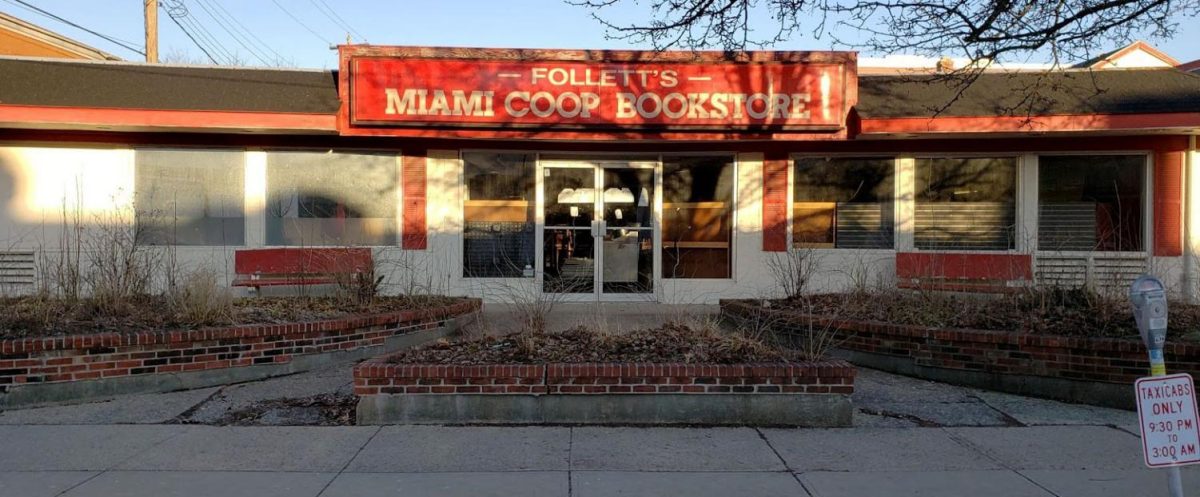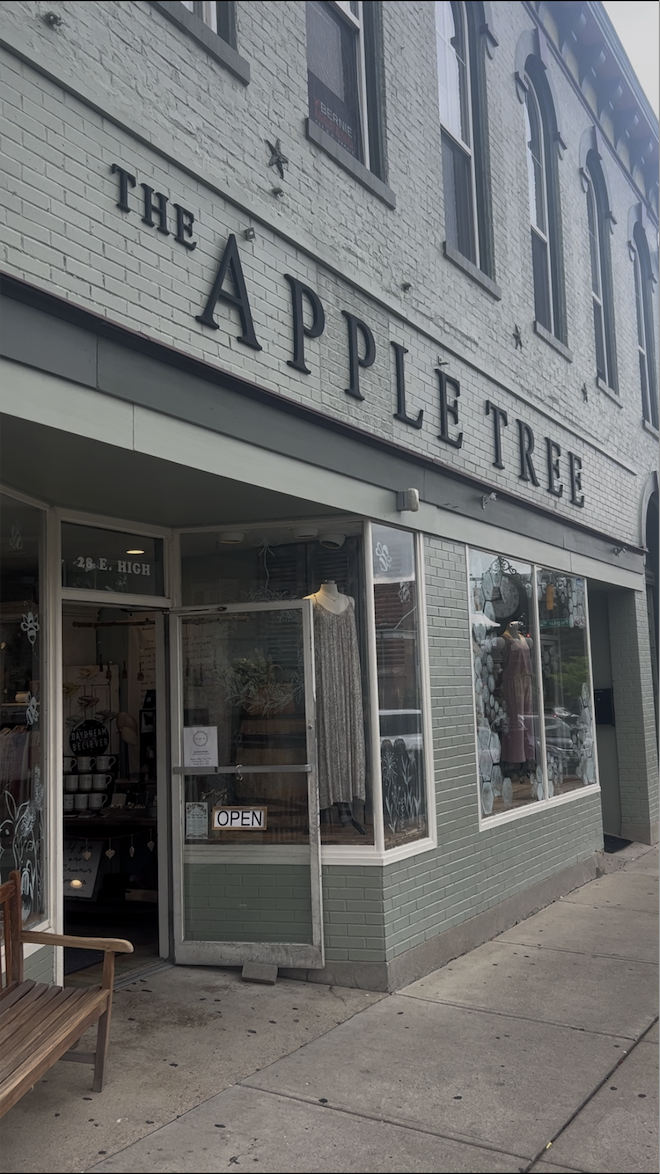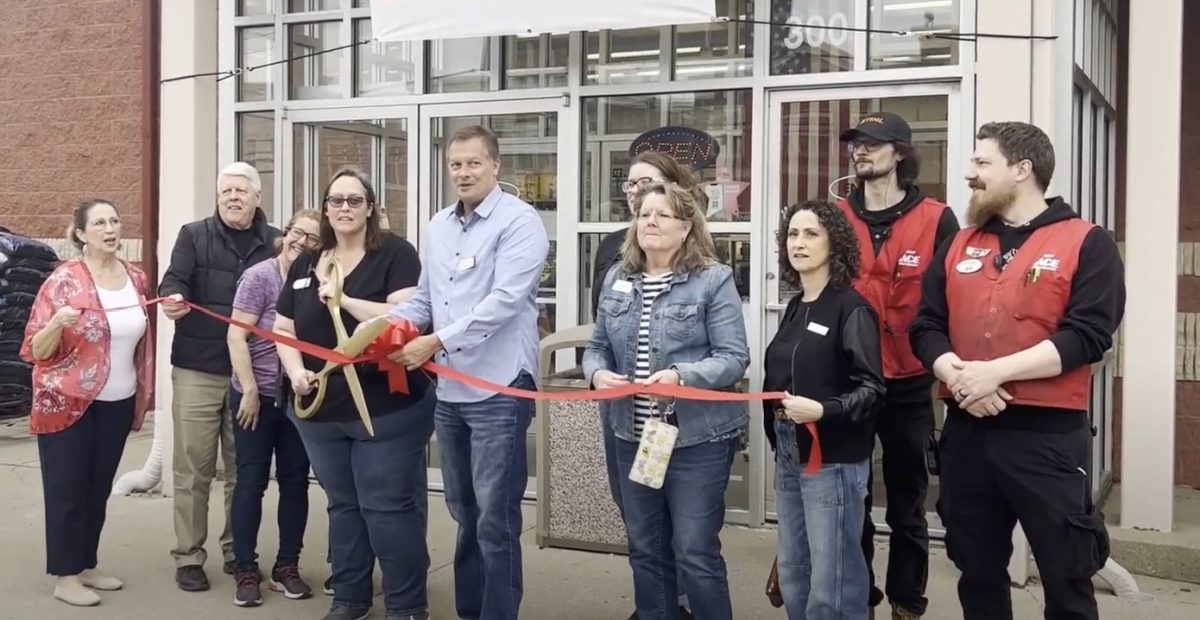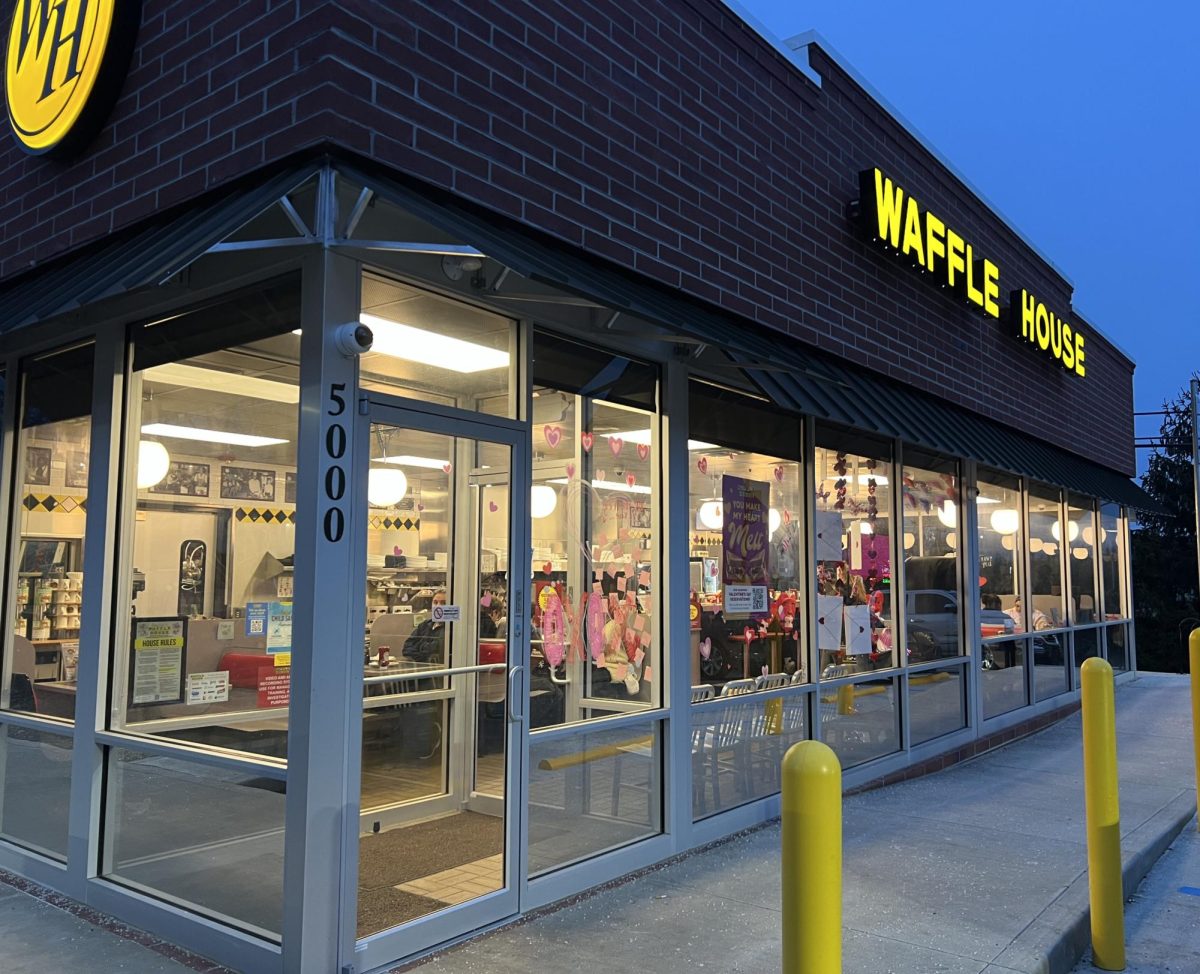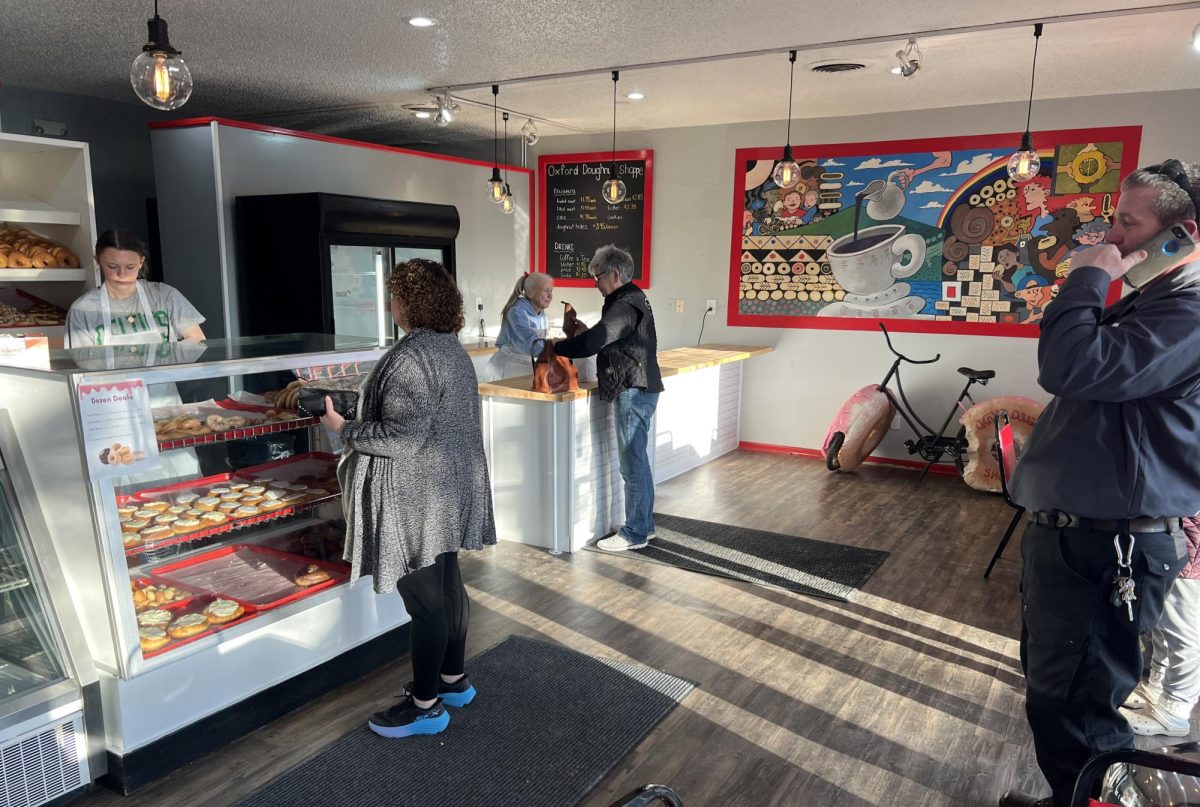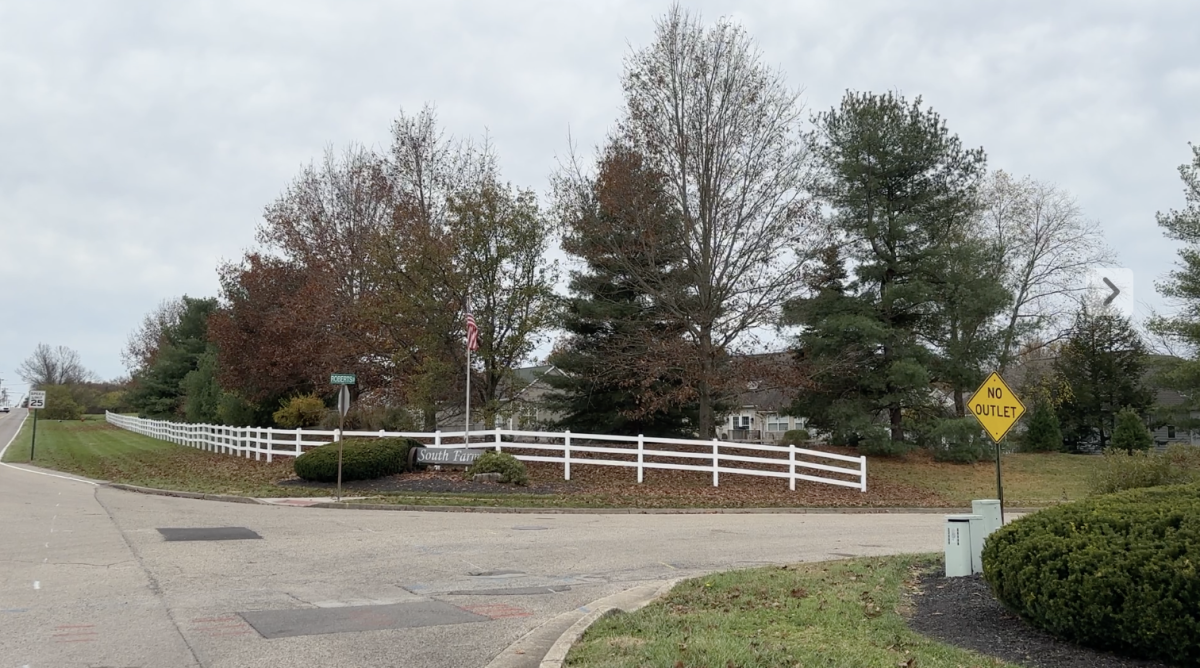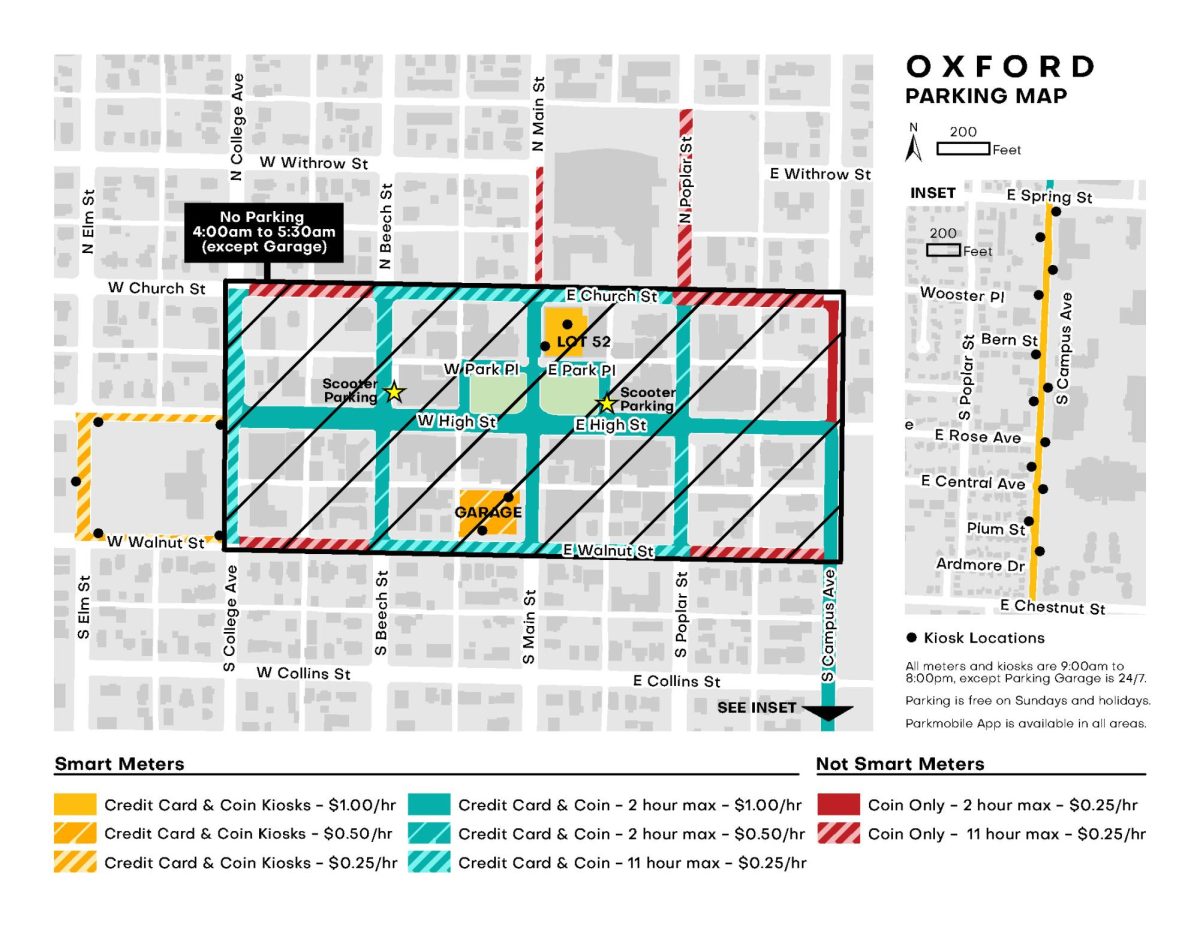Empty buildings on two of uptown Oxford’s most prominent corners are on track to be renovated or replaced, according to city officials.
Renovations to 45 E. High Street, formerly the site of 45 East Bar & Grill, were approved March 13 by Oxford’s Historical and Architecture Preservation Committee (HAPC), pending some minor design changes to the plan for the building’s facade. Platte Architecture + Design of Cincinnati, which handled the designs, plans to make the changes. They will then have to be approved by Community Development Director Sam Perry and HAPC Chair Michael Kohus.
The ground level of the building will once again become retail space available for lease. However, the second floor, previously a part of 45 East, will be converted into a four-bedroom apartment.
45 East closed in June 2017; Varick Realty, a New York-based company, manages the property. Varick also manages the property at 110 E. High St., diagonally across the intersection of High and Poplar streets, that formerly housed Follett’s Miami Co-op Bookstore. On that site rest three inactive storefronts in two buildings.
Oxford Mayor Kate Rousmaniere said there’s been a legal snag in redevelopment of the properties.
“There’s one guy who owns those two buildings, and he was re-organizing the business,” Rousmaniere said. “It’s taken them two years of legal wrangling to get through that.”
According to Oxford economic development director G. Alan Kyger, the Follett’s site also has environmental issues related to underground fuel storage tanks, which were discovered around the time the property was purchased by Varick in June 2015. Those tanks, dating back many decades before the property was ever a bookstore, have to be dealt with before the site can be redeveloped.
According to a February 2016 investigation conducted by Grummann Exploration, Inc., scans detected two metal objects buried beneath the High St. sidewalk in front of the property, and cautioned that there could be more. The report stated that further excavation was needed to determine exactly what the objects are.
It also mentioned the site had been an “auto service garage … dry-cleaners … vulcanizing facility … restaurant, bakery, livery, several single-family residences and a hotel/boarding house” during the building’s history.
According to an October 2016 investigation by Patriot Engineering and Environmental, Inc., “There are current exceedances of [the Ohio Environmental Protection Agency’s] residential standards for naphthalene, ethylbenzene, benzo(a)pyrene, and TPH C6-C12” in the soil. The report also stated that 33 tons of soil would have to be removed.
“Underground storage tanks were confirmed, and now they are setting in place a removal of the storage tanks before they can set up the site,” Kyger said.
Kyger said the tanks may date back to the 1930s or 1940s.
“That’s what you did in the old days,” Kyger said. “In the day, it wasn’t deemed to be harmful, it wasn’t deemed to be bad, it was just how you conducted what you did.”
Kyger said the tanks likely held heating oil, motor oil, or gasoline, which would be the worst-case scenario.
“If they could get in and take out tanks without removing the building, they can do that (without approval from HAPC),” Kyger said. “If it’s easier to remove the building, it would have to come before HAPC.”
Either way, the buildings on the former bookstore site are probably coming down, he said.
“I feel safe to say, if they plan on redeveloping the site, it will involve removing some or all of the buildings on the site,” Kyger said.
No proposal has been submitted outlining details for the likely demolition and construction project at the former Follett’s, but Kyger said the property will probably end up having three storefronts with apartments above. Repeated messages requesting comment left by the Observer at Varick’s New York offices have not been returned.
The former Follett’s and former 45 East properties have been the subject of increased scrutiny by visitors, citizens, and Miami, Kyger said. An informal advisory committee of representatives from the Chamber of Commerce, Enjoy Oxford and city representatives has been formed to look into the possibility of enacting a “vacancy tax” to encourage the development of long inactive business properties. Rousmaniere said the is in very early idea stage and has not been put forth as a formal proposal by anyone.
But the prominent locations of these two sites had spurred some of that discussion.
“It’s the equivalent of Park Place and Boardwalk [in Monopoly],” Kyger said. “It’s truly somewhat the front door of the uptown. As you leave campus and start walking down High Street, it’s some of the first buildings you see. Historically, the storefronts that are most sought after are the ones closest to Campus Avenue.”
“To have two of the most prominent corners in town empty has been a real disappointment, and we are looking forward to the redevelopment of those sites. And the disappointment has been how long it’s taken.”


